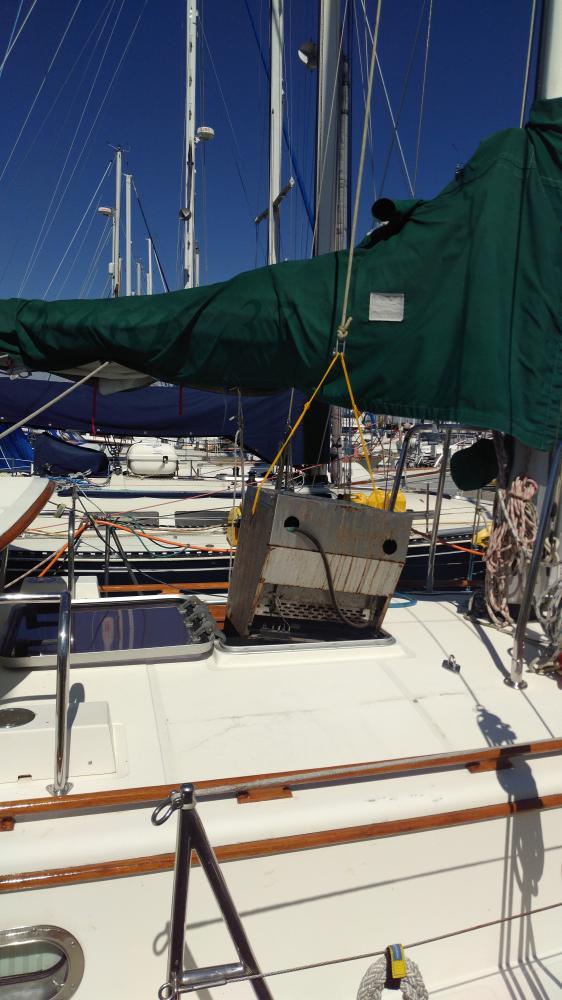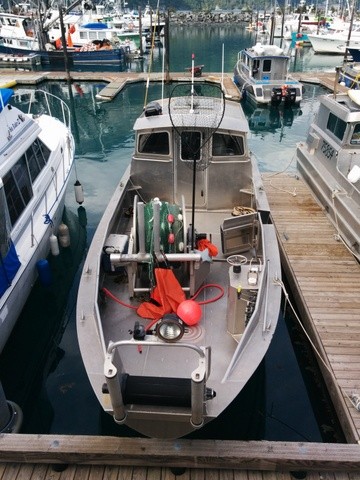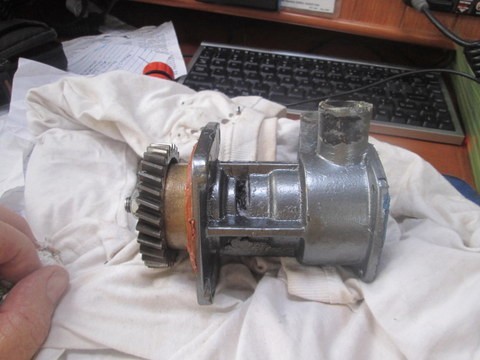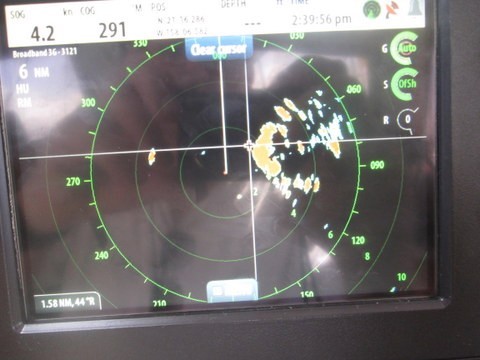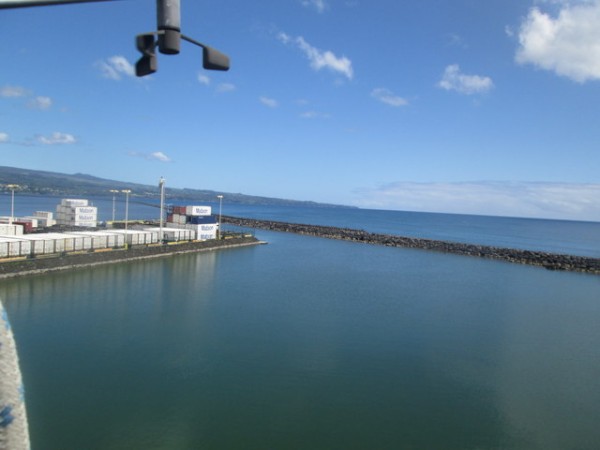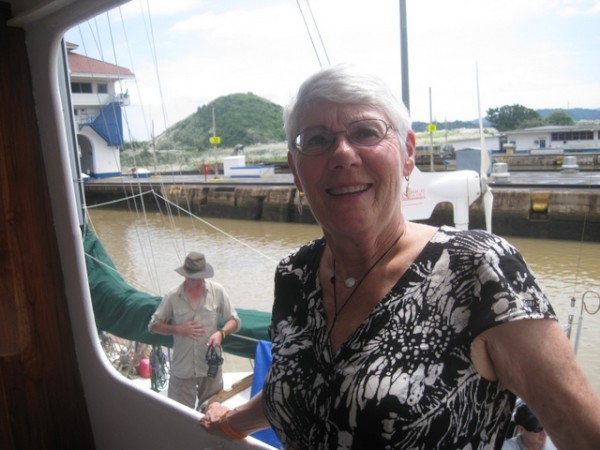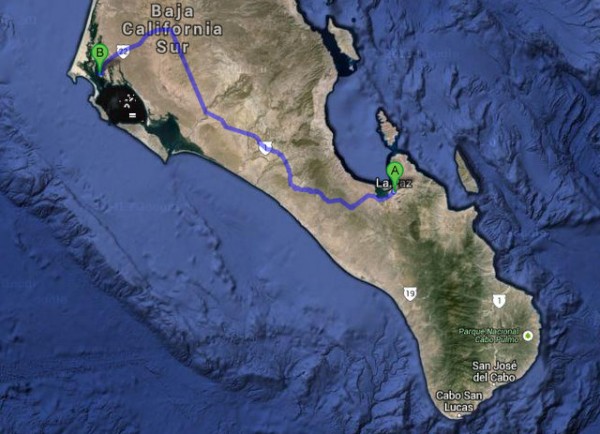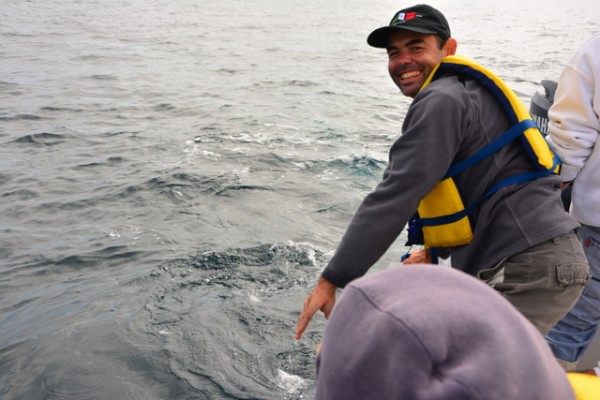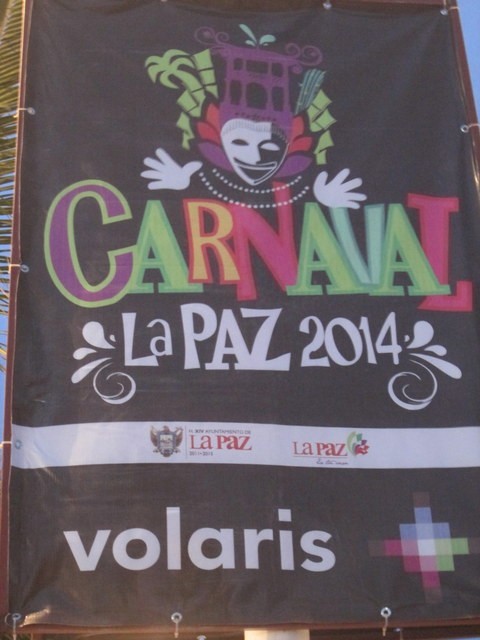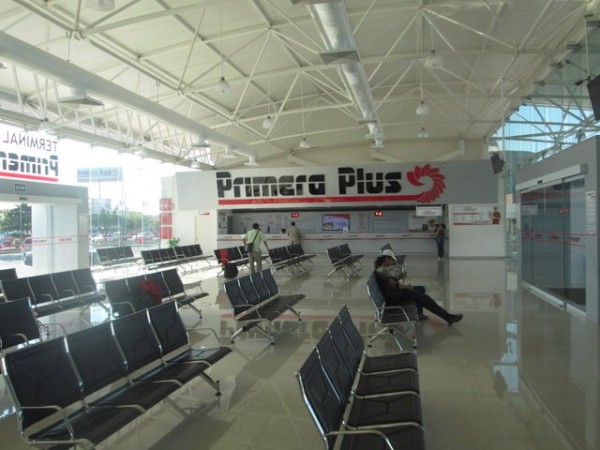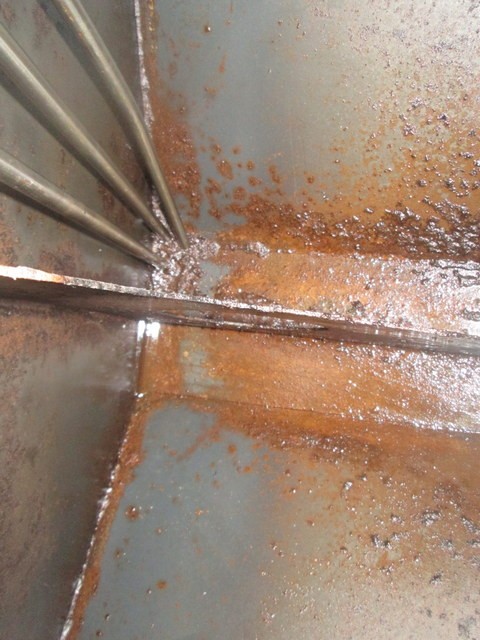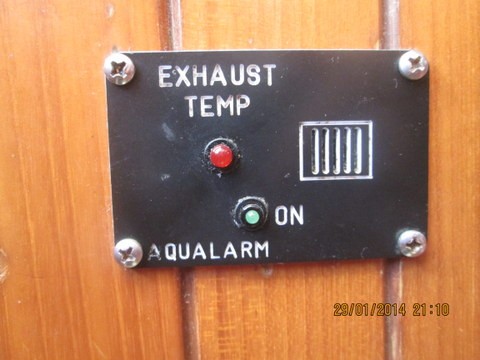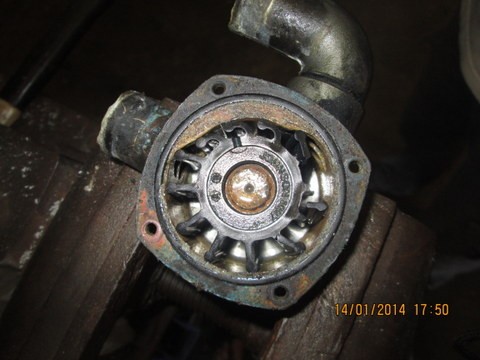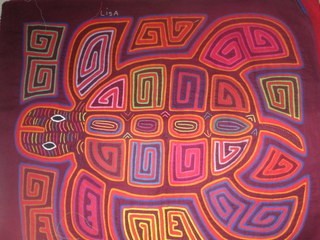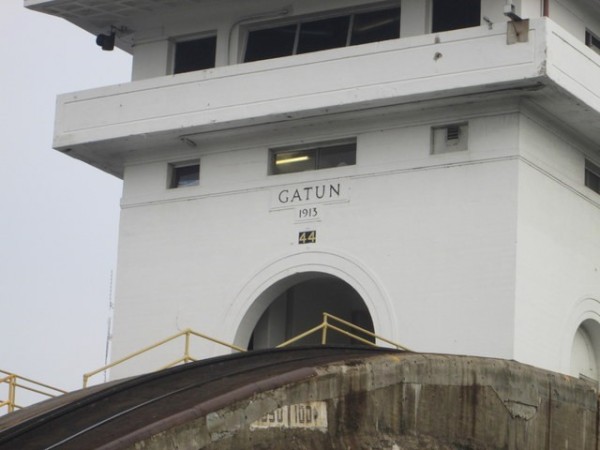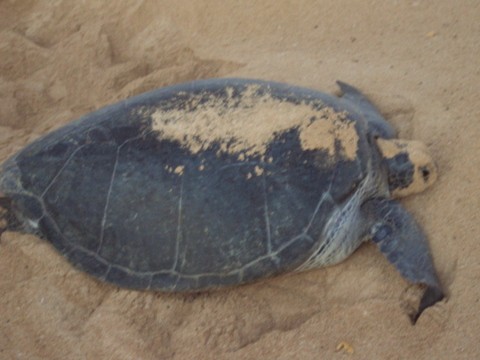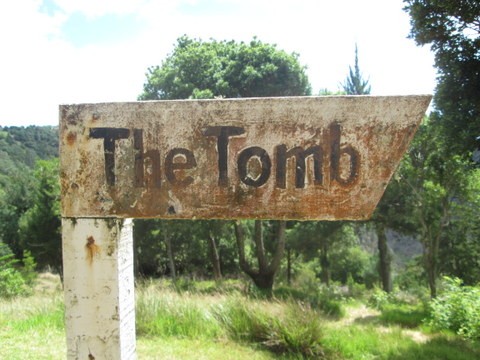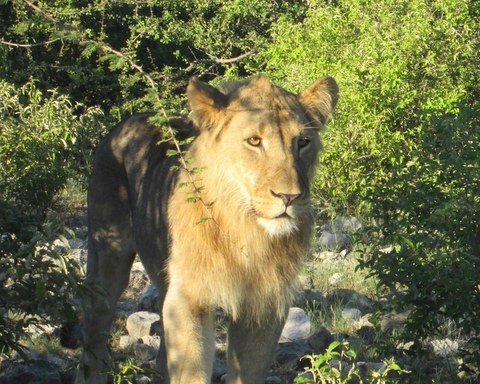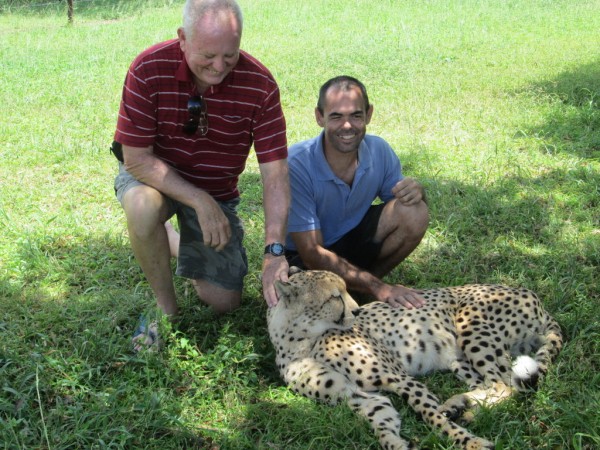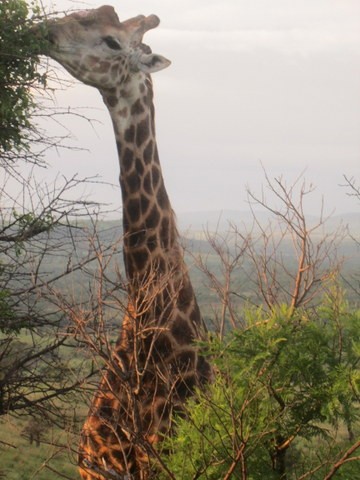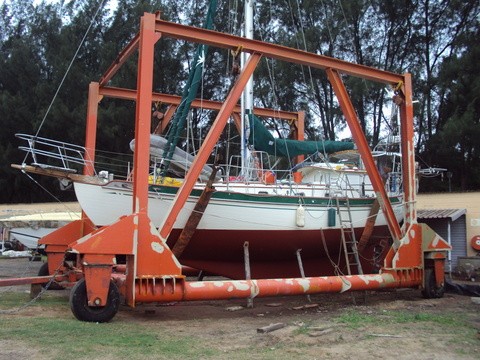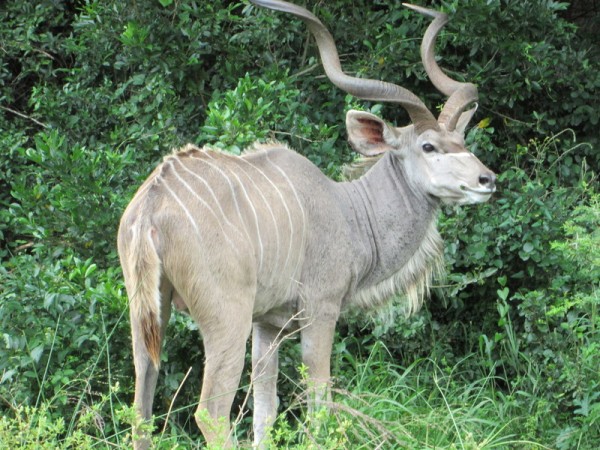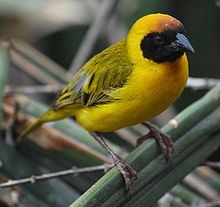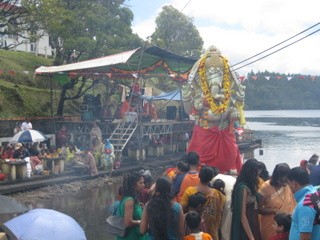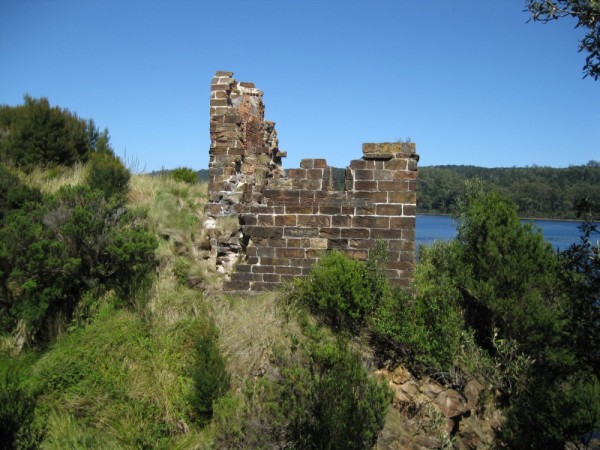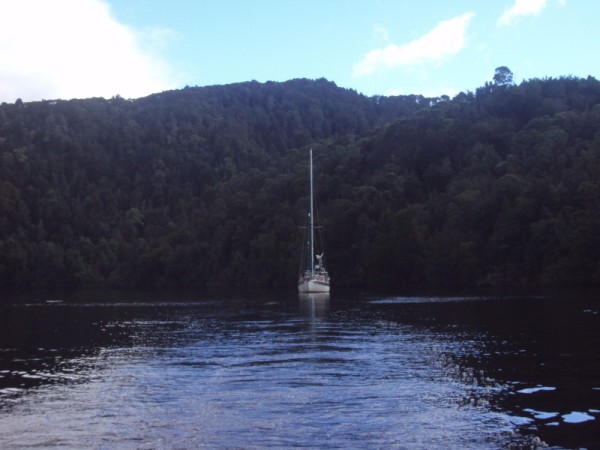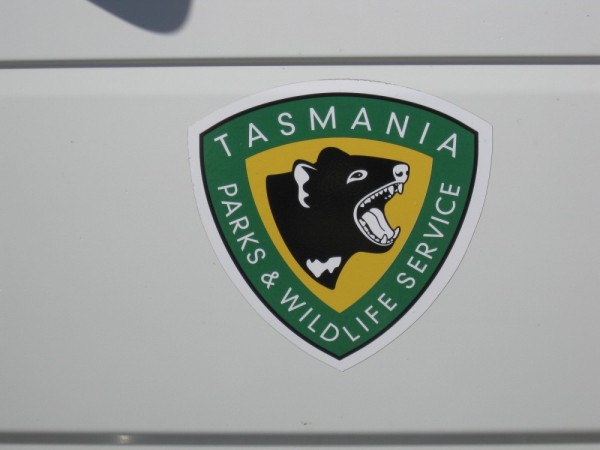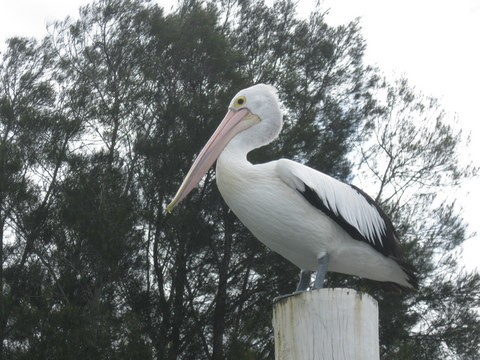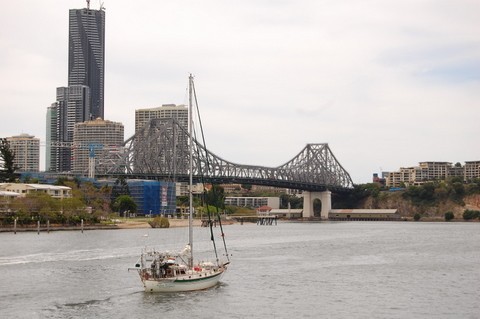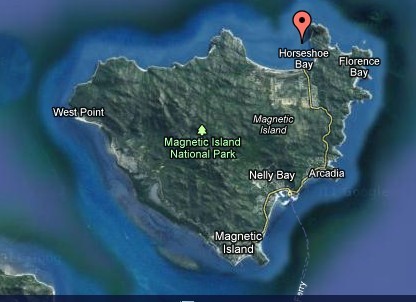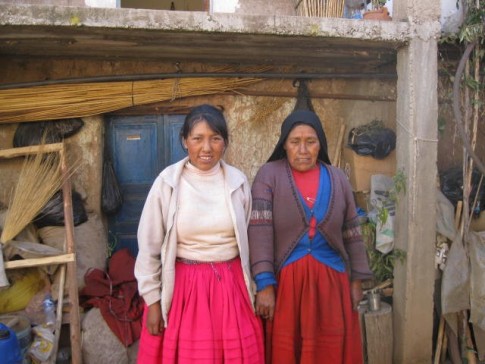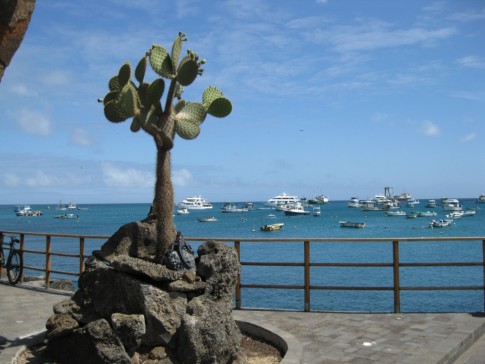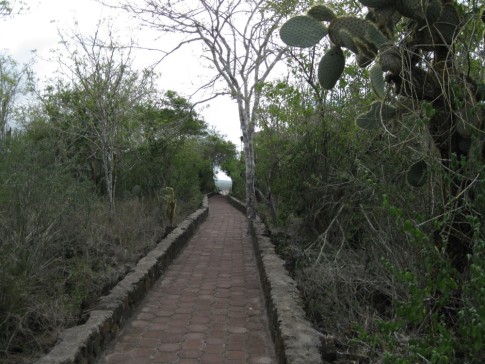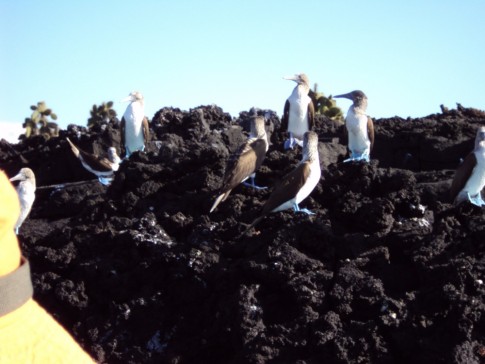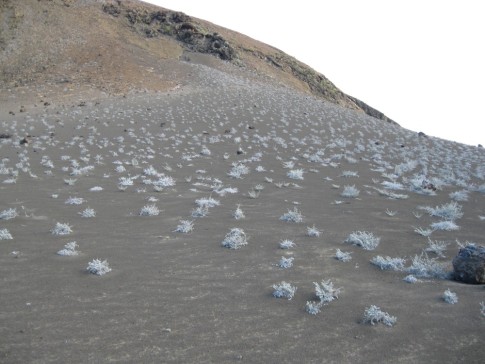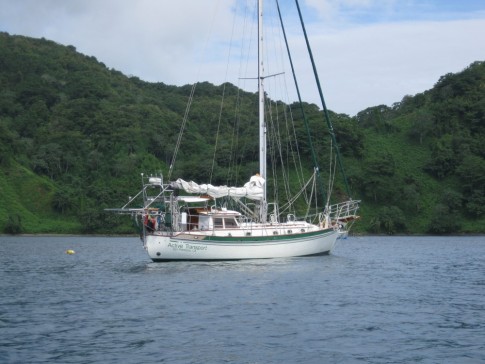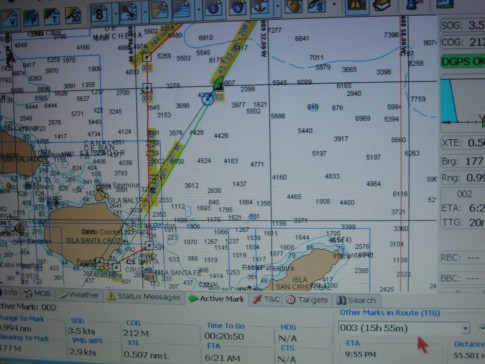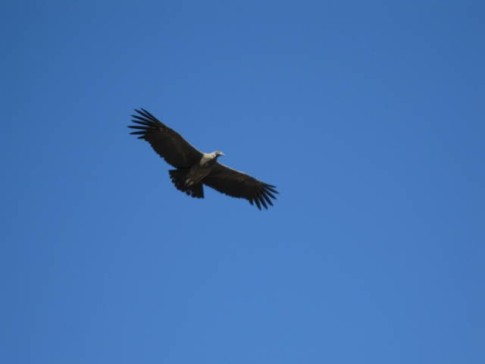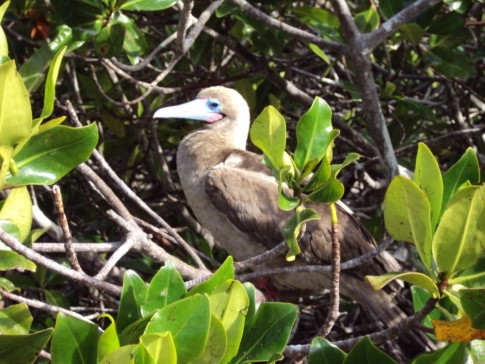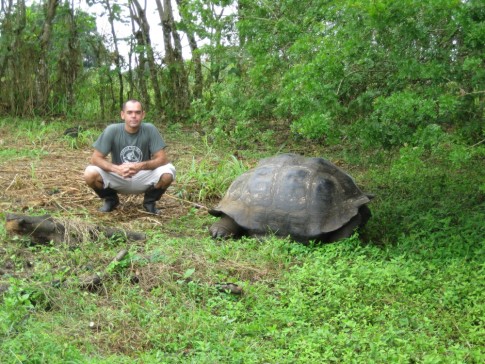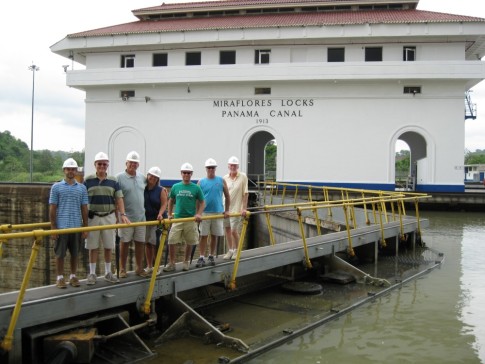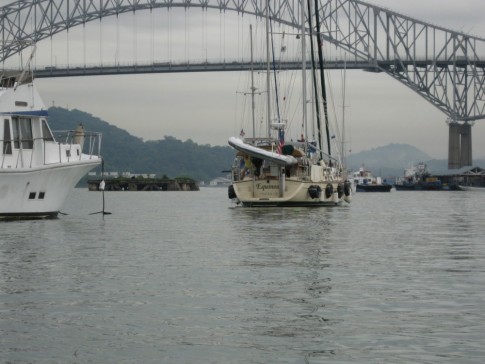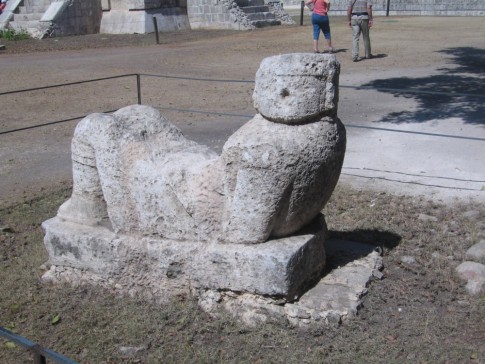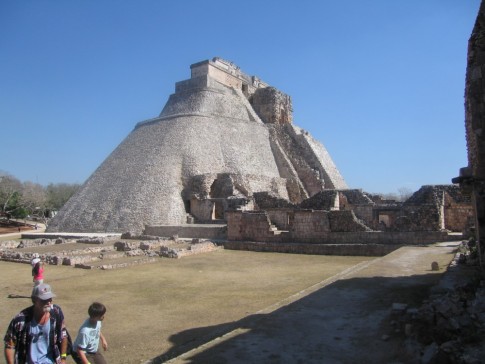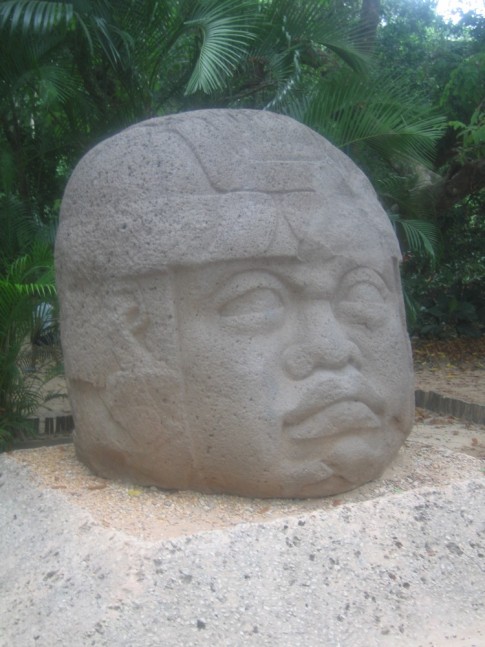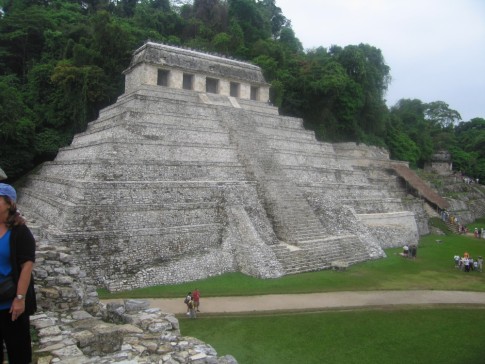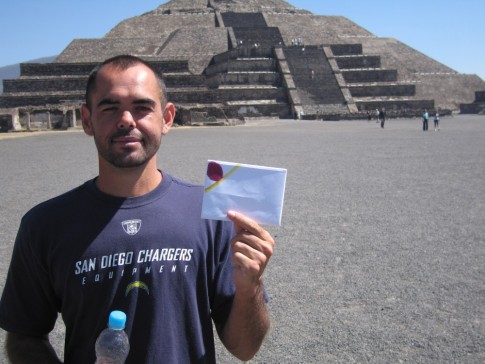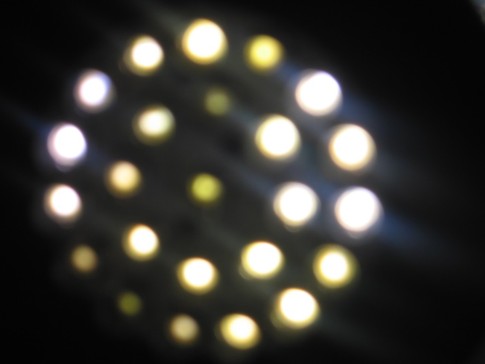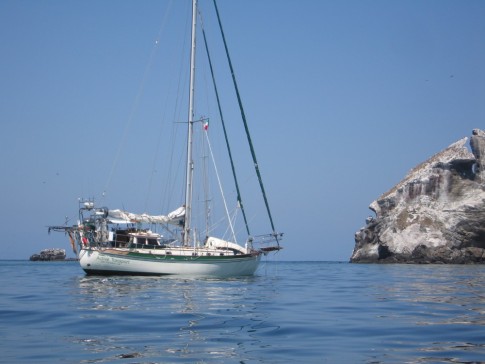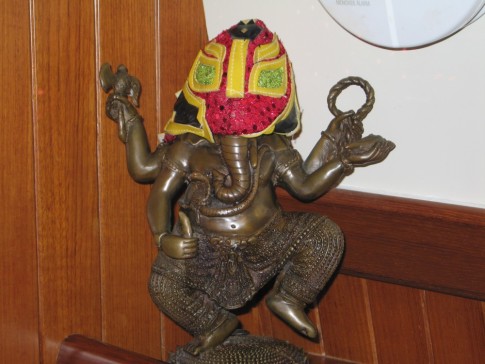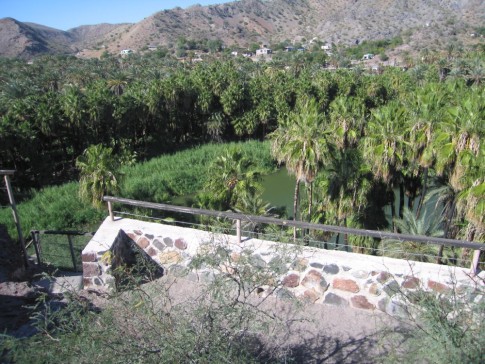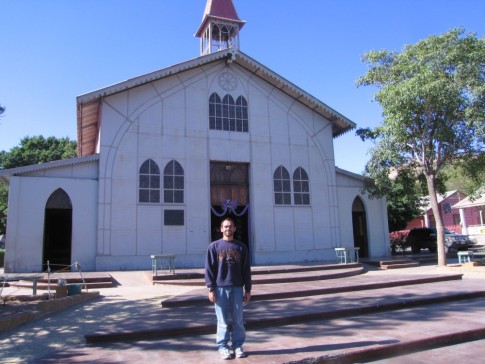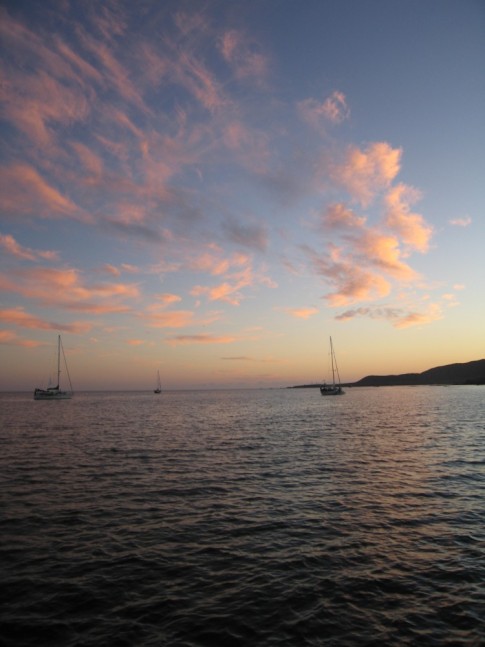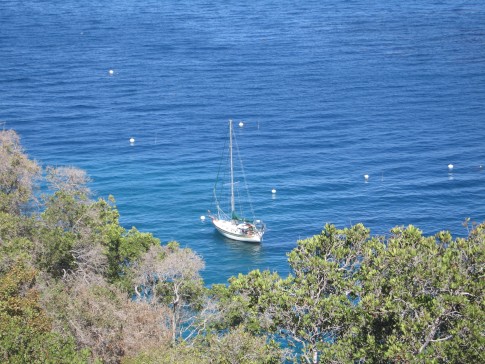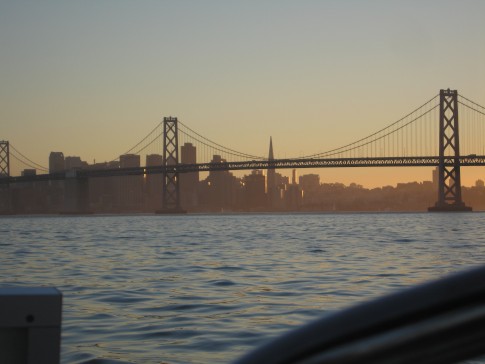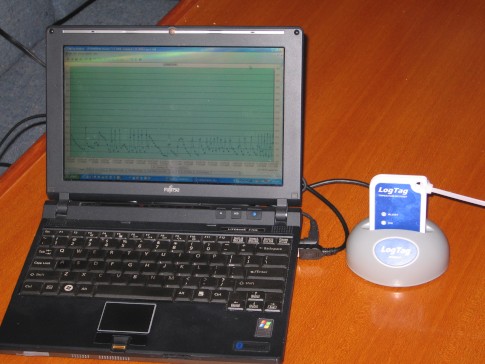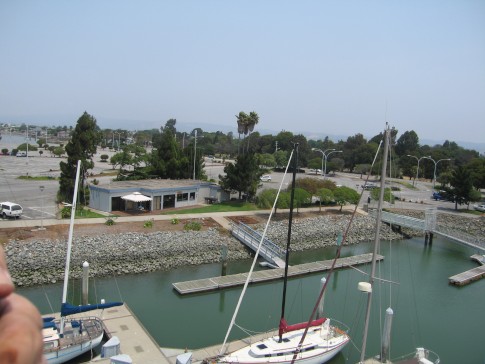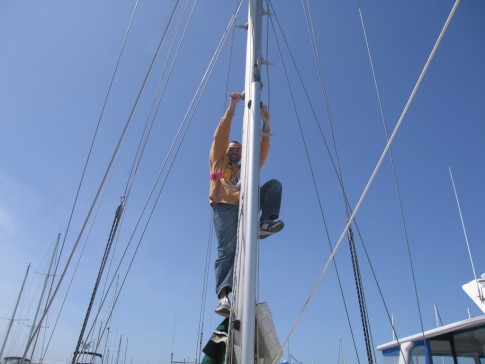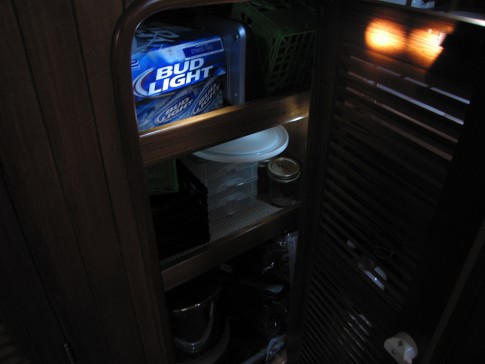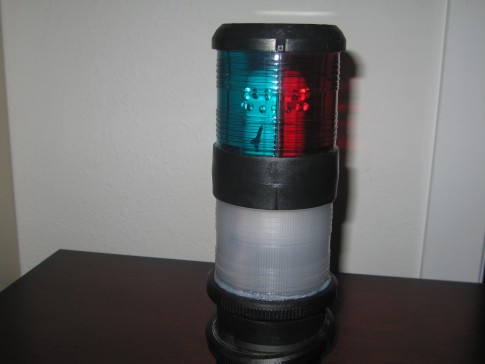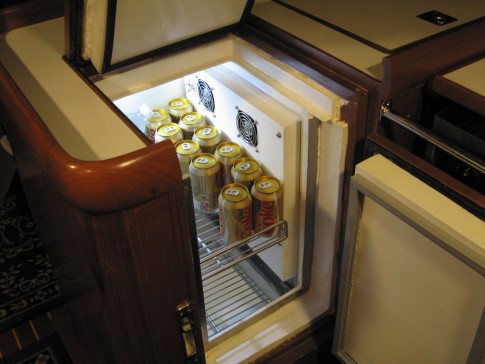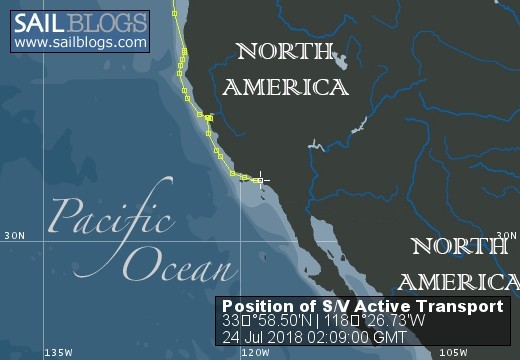
Cruising Active Transport
We circumnavigated between 2008 and 2014. After sailing to Alaska we ended up in Seattle for four years.
19 September 2018
08 August 2018 | Marina del Rey
23 July 2018 | Marina del Rey
22 July 2018 | 25 miles west of Cambria
21 July 2018 | Crossing Monterey Bay
21 July 2018 | South of the Golden Gate
16 July 2018
14 July 2018 | Grand Marina
14 July 2018 | San Francisco Bay
13 July 2018 | Point Arena
12 July 2018 | Thirty Miles NW of Humbolt Bay, CA
11 July 2018 | Crescent City
10 July 2018 | Neah Bay
09 July 2018 | Thirty five miles WNW of Reedsport, Oregon
08 July 2018 | Forty Miles West of Columbia River Entrance
07 July 2018 | Neah Bay
06 July 2018 | Neah Bay Marina
05 July 2018 | Neah Bay Marina
04 July 2018
03 July 2018 | Port Angeles City Floats
Brain Droppings
29 July 2012 | Ashmore Reef
John
I just finished Geroge Carlin's book "Brain Droppings". Since most of my good ideas are stolen from somewhere so I figured why not steal his title since it seemed entirely appropriate for what I was thinking about including in this blog post. I miss George.
We both slept for about 10 hours last night but sill want to take it easy today. The passage really tired us out. Its been a long time since we did an open ocean passage this long and need to get conditioned to it again.
The Ashmore Guardian
We are on a mooring right behind the Ashmore Guardian. This Australian Customs vessel spends 300 days a year on station, according to Tim, the guy who came aboard and checked us in.
As we were sitting here looking at the Ashmore Guardian one thought came to mind. What do they do will all the poo?
The visitors guidelines and rules are very specific about us using our holding tank while we are here and somewhat ambiguous about that we should do with the galley sink water and shower sump tank. We are the only boat here right now but they have moorings to accommodate around 20 boats. Most Australian sailboats don't have holding tanks but I dont suppose too many Aussies visit here unless they are headed west. The sail back to the mainland would not be easy, at least this time of year.
Ashmore Guardian has three large streams of water coming out of the port side of the ship at all times. We cant see the starboard side from our mooring.
I would imagine that they have a diesel generator running 24/7 to power their surveillance equipment, living accommodations, watermaker and refrigeration. Its not hard to imagine a supply ship coming in here to pump more diesel fuel on board as they need it but does the same ship offload sewage?
If we get another chance to chat with someone from Ashmore Guardian I will ask these questions.
Phil, VK3PG
During our travels we have used a variety of land based HAM radio stations to send and receive email and to get our weather data when we are away from internet access.
It is interesting that some stations are extremely useful to us and others not as easy to contact. When we were on our way from Easter Island to Peru I was able to use a station is Gisborne New Zealand every morning even though the propagation software said it was out of range on the frequencies that worked so well. The operator must have had is antenna pointed right at us, maybe to service the traffic from the folks on the Marquesas to Tahiti run.
When we got to NZ his station almost never worked for us.
In the year we have been in Australia one station has really stood out as being the most reliable source of contact. The station is VK3PG in Melbourne. The operation is a guy named Phil. I know this because when we were in Tasmania Phil exchanged several emails with me and gave me some very helpful tips on how to get stronger connections with shoreside stations. We also discussed Tasmania and the price of diesel in various places in Australia. I learned that Phil operates an earthmoving business and even got a URL that took me to his web site that has a nice picture of one of his bulldozers.
Phil owns and operates his station on a volunteer basis and now that we are starting to pull away from the range of his station I thought we should acknowledge his contribution to our communications while in Oz and to let other cruisers know about his reliable station.
Phil's station is so good that here in Ashmore reef it is as reliable as another station that is in Indonesia. The Indonesian station is 1000 miles away. Phil's is 2000 miles away. Phil obviously understands the science and magic of radio propagation.
Thank you, Phil.
Indonesian Fishermen
Australia has what is known as a memo of understanding (MOU) with Indonesia on the matter of traditional Indonesian fishermen having access to the fishing grounds in the vicinity of Ashmore reef and other Australian possessions in this part of the Ocean.
"Traditional" has a very specific meaning in this case. It means that the fishermen must work from sail propelled boats. No engines or refrigeration are allowed. They fish almost exclusively for sharks and sea cucumbers (aka trepang).
When we approached the reef from the NE we saw a lot of sailboats rocking in the swell and were not looking forward to our stay at Ashmore reef. It turned out that the boats were Indonesian fishing boats that were anchored outside the reef seeking protection from the swell in the lee of the reef.
As we passed into the lagoon to the inner mooring area we could see that the Indonesian boats were truly "traditional" Their masts all looked different as each reflected the shape of the tree they were made from. The boats had very low freeboard and a lot of waterline length as a percentage of their length overall. You could see fishermen sitting on the deck just waiting for the weather to abate so they could get back to business. We were told that the 70 mile passage from Indonesia to here takes them a couple of days and that they find the reef by the green color that is reflected on the underside of the clouds over the reef.
I have assumed that the reason the Indonesian fishing boats are not inside the reef is because without an engine they would have a hard time negotiating the upwind route back out to open ocean. Getting into the mooring area would be easy enough in the trade winds but getting out would be really difficult without an engine. Active Transport can certainly sail a lot closer to the wind than the Indonesian fishing boats but I would not even consider trying to sail out of here.
It's also possible that the Australians don't let them come inside the reef.
The customs officer who checked us in said that the Indonesian fishermen had decimated the reef in the years before there was an Australian Customs presence here to protect it. He said that in the 6 years that Australia has been policing the area the reef has rebounded amazingly. The Customs boats still patrol the edges of the reef to keep the fishermen from taking forbidden species like octopus.
The officer said that he had recently boarded one of the Indonesian fishing boats and they showed him that they had a GPS on board. I think they are probably required to have a GPS so they can stay outside the areas where fishing is forbidden. Although they had the GPS they did not have any batteries for it.
In addition to the fishing rights the Indonesian fishermen have, under the MOU, the right to come in to west Island to get fresh water from the well on the island and to visit the graves of Indonesian fishermen who are buried here. The customs officer said that the water from the well was suspect because some of the graves of Typhoid victims were too close to the well. We were not planing on getting water from the well so it was no big deal for us.
We took some pictures of the Indonesian fishing boats when we came in and will try to get a little closer when we leave and get some more.
More Observations about Ashmore Guardian
The Customs Officer who checked us in said that they served a month at a time out here on the reef. That seems like a long time to me and it does not look like the crew is overburdened with things to do. Im sure they have spurts of activity when the fishermen are naughty or when a boat load of refugees shows up but most of the time I would not expect they have a lot to do.
If I was on that vessel for a month I would probably wear out my kindle.
One of the guys was exercising on deck this morning and then started practicing his boxing while another guy held up those hand pads that boxers use to practice. other guys seem to spend a lot of time on the back porch (or whatever you all it on a power vessel) just staring out to see. Maybe that is part of their watch but they can only see about half the reef.
Australia's Commitment to Preserving Their Marine Environment.
Australia is both blessed and cursed by having one of the most unique marine environments on the planet. The entire country is surrounded by beautiful reefs and cruising areas. Tourists from all over the world come to Australia to see the Great Barrier Reef .
The total distance around all of the coastal areas worthy of special protection exceeds 8000 miles. By comparison the length of the coastal areas of the 48 states is about 3500 miles and does not contain nearly as high a percentage of sensitive areas as the coast of Australia.
Australia is also much closer to developing countries that put pressure on the Australian environment.
To fund the effort to protect Australian marine resources they depend taxes from a population of only about 25 million people. That's fewer people that live in California.
So as a percentage of GDP Australia has to be spending way more on protection of this one part of their environment that any other country I can think of.
Lest the pope read this and jump on a plane to fly here to cannonize all these Australian ecosaints I should point out that Australia still has few things that are not perfect.
There is mounting evidence that industrial waste from places like Gladstone are poisoning the Great Barrier Reef. Australia has a lot of coal deposits and must be burning a lot of coal to make electrical power. They also export a lot of coal to Asia and, of course, all the pollution from that coal ends up in the same atmosphere as if it were burned in Australia. Regulating these industries will have costs that probably rival the cost of the environmental monitoring and enforcement.
These subjects are constantly in the Australian press and, like the US, Australia has conservatives that think the planet can take care of itself and they should not be constrained from making as much money as possible. But all Australians are required by law to vote and there are significant constraints on private money being used in political campaigns so participation by a wider variety of stake holders usually results in more rational government involvement in these critical issues.
On balance, I have the impression that Australia does a very good job of dealing with these issues. Its almost good enough to forgive them from sending us Rupert Murdoch.
We both slept for about 10 hours last night but sill want to take it easy today. The passage really tired us out. Its been a long time since we did an open ocean passage this long and need to get conditioned to it again.
The Ashmore Guardian
We are on a mooring right behind the Ashmore Guardian. This Australian Customs vessel spends 300 days a year on station, according to Tim, the guy who came aboard and checked us in.
As we were sitting here looking at the Ashmore Guardian one thought came to mind. What do they do will all the poo?
The visitors guidelines and rules are very specific about us using our holding tank while we are here and somewhat ambiguous about that we should do with the galley sink water and shower sump tank. We are the only boat here right now but they have moorings to accommodate around 20 boats. Most Australian sailboats don't have holding tanks but I dont suppose too many Aussies visit here unless they are headed west. The sail back to the mainland would not be easy, at least this time of year.
Ashmore Guardian has three large streams of water coming out of the port side of the ship at all times. We cant see the starboard side from our mooring.
I would imagine that they have a diesel generator running 24/7 to power their surveillance equipment, living accommodations, watermaker and refrigeration. Its not hard to imagine a supply ship coming in here to pump more diesel fuel on board as they need it but does the same ship offload sewage?
If we get another chance to chat with someone from Ashmore Guardian I will ask these questions.
Phil, VK3PG
During our travels we have used a variety of land based HAM radio stations to send and receive email and to get our weather data when we are away from internet access.
It is interesting that some stations are extremely useful to us and others not as easy to contact. When we were on our way from Easter Island to Peru I was able to use a station is Gisborne New Zealand every morning even though the propagation software said it was out of range on the frequencies that worked so well. The operator must have had is antenna pointed right at us, maybe to service the traffic from the folks on the Marquesas to Tahiti run.
When we got to NZ his station almost never worked for us.
In the year we have been in Australia one station has really stood out as being the most reliable source of contact. The station is VK3PG in Melbourne. The operation is a guy named Phil. I know this because when we were in Tasmania Phil exchanged several emails with me and gave me some very helpful tips on how to get stronger connections with shoreside stations. We also discussed Tasmania and the price of diesel in various places in Australia. I learned that Phil operates an earthmoving business and even got a URL that took me to his web site that has a nice picture of one of his bulldozers.
Phil owns and operates his station on a volunteer basis and now that we are starting to pull away from the range of his station I thought we should acknowledge his contribution to our communications while in Oz and to let other cruisers know about his reliable station.
Phil's station is so good that here in Ashmore reef it is as reliable as another station that is in Indonesia. The Indonesian station is 1000 miles away. Phil's is 2000 miles away. Phil obviously understands the science and magic of radio propagation.
Thank you, Phil.
Indonesian Fishermen
Australia has what is known as a memo of understanding (MOU) with Indonesia on the matter of traditional Indonesian fishermen having access to the fishing grounds in the vicinity of Ashmore reef and other Australian possessions in this part of the Ocean.
"Traditional" has a very specific meaning in this case. It means that the fishermen must work from sail propelled boats. No engines or refrigeration are allowed. They fish almost exclusively for sharks and sea cucumbers (aka trepang).
When we approached the reef from the NE we saw a lot of sailboats rocking in the swell and were not looking forward to our stay at Ashmore reef. It turned out that the boats were Indonesian fishing boats that were anchored outside the reef seeking protection from the swell in the lee of the reef.
As we passed into the lagoon to the inner mooring area we could see that the Indonesian boats were truly "traditional" Their masts all looked different as each reflected the shape of the tree they were made from. The boats had very low freeboard and a lot of waterline length as a percentage of their length overall. You could see fishermen sitting on the deck just waiting for the weather to abate so they could get back to business. We were told that the 70 mile passage from Indonesia to here takes them a couple of days and that they find the reef by the green color that is reflected on the underside of the clouds over the reef.
I have assumed that the reason the Indonesian fishing boats are not inside the reef is because without an engine they would have a hard time negotiating the upwind route back out to open ocean. Getting into the mooring area would be easy enough in the trade winds but getting out would be really difficult without an engine. Active Transport can certainly sail a lot closer to the wind than the Indonesian fishing boats but I would not even consider trying to sail out of here.
It's also possible that the Australians don't let them come inside the reef.
The customs officer who checked us in said that the Indonesian fishermen had decimated the reef in the years before there was an Australian Customs presence here to protect it. He said that in the 6 years that Australia has been policing the area the reef has rebounded amazingly. The Customs boats still patrol the edges of the reef to keep the fishermen from taking forbidden species like octopus.
The officer said that he had recently boarded one of the Indonesian fishing boats and they showed him that they had a GPS on board. I think they are probably required to have a GPS so they can stay outside the areas where fishing is forbidden. Although they had the GPS they did not have any batteries for it.
In addition to the fishing rights the Indonesian fishermen have, under the MOU, the right to come in to west Island to get fresh water from the well on the island and to visit the graves of Indonesian fishermen who are buried here. The customs officer said that the water from the well was suspect because some of the graves of Typhoid victims were too close to the well. We were not planing on getting water from the well so it was no big deal for us.
We took some pictures of the Indonesian fishing boats when we came in and will try to get a little closer when we leave and get some more.
More Observations about Ashmore Guardian
The Customs Officer who checked us in said that they served a month at a time out here on the reef. That seems like a long time to me and it does not look like the crew is overburdened with things to do. Im sure they have spurts of activity when the fishermen are naughty or when a boat load of refugees shows up but most of the time I would not expect they have a lot to do.
If I was on that vessel for a month I would probably wear out my kindle.
One of the guys was exercising on deck this morning and then started practicing his boxing while another guy held up those hand pads that boxers use to practice. other guys seem to spend a lot of time on the back porch (or whatever you all it on a power vessel) just staring out to see. Maybe that is part of their watch but they can only see about half the reef.
Australia's Commitment to Preserving Their Marine Environment.
Australia is both blessed and cursed by having one of the most unique marine environments on the planet. The entire country is surrounded by beautiful reefs and cruising areas. Tourists from all over the world come to Australia to see the Great Barrier Reef .
The total distance around all of the coastal areas worthy of special protection exceeds 8000 miles. By comparison the length of the coastal areas of the 48 states is about 3500 miles and does not contain nearly as high a percentage of sensitive areas as the coast of Australia.
Australia is also much closer to developing countries that put pressure on the Australian environment.
To fund the effort to protect Australian marine resources they depend taxes from a population of only about 25 million people. That's fewer people that live in California.
So as a percentage of GDP Australia has to be spending way more on protection of this one part of their environment that any other country I can think of.
Lest the pope read this and jump on a plane to fly here to cannonize all these Australian ecosaints I should point out that Australia still has few things that are not perfect.
There is mounting evidence that industrial waste from places like Gladstone are poisoning the Great Barrier Reef. Australia has a lot of coal deposits and must be burning a lot of coal to make electrical power. They also export a lot of coal to Asia and, of course, all the pollution from that coal ends up in the same atmosphere as if it were burned in Australia. Regulating these industries will have costs that probably rival the cost of the environmental monitoring and enforcement.
These subjects are constantly in the Australian press and, like the US, Australia has conservatives that think the planet can take care of itself and they should not be constrained from making as much money as possible. But all Australians are required by law to vote and there are significant constraints on private money being used in political campaigns so participation by a wider variety of stake holders usually results in more rational government involvement in these critical issues.
On balance, I have the impression that Australia does a very good job of dealing with these issues. Its almost good enough to forgive them from sending us Rupert Murdoch.
Comments
| Vessel Name: | Active Transport |
| Vessel Make/Model: | Tayana 37 PH |
| Hailing Port: | Seattle, Washington |
| Crew: | John and Shawn |
| About: | |
| Extra: |
Active Transport's Photos - Cruising Active Transport (Main)
|
These are a few pics we took during the weekend we spent at Blake Island.
8 Photos
Created 6 June 2015
|
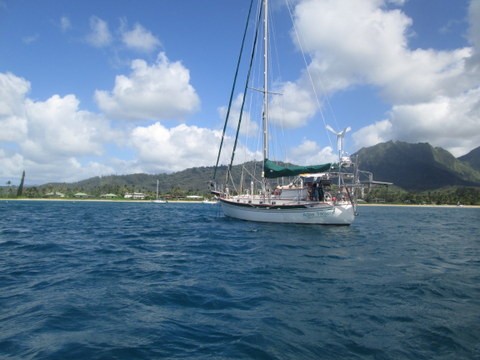 |
We spent a few days anchored i Hanalei Bay while we got the boat and our attitudes prepared for the sail to Alaska
4 Photos
Created 15 June 2014
|
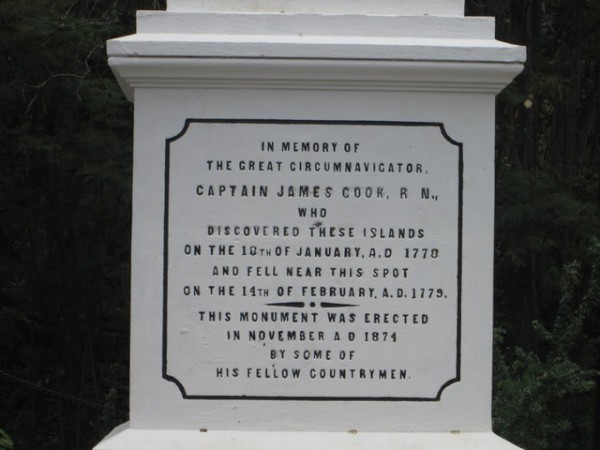 |
Captain James Cook, the famous British explorer, was killed here when an attempt to kidnap the local king did not work out as planned. A monument now marks the spot.
7 Photos
Created 5 May 2014
|
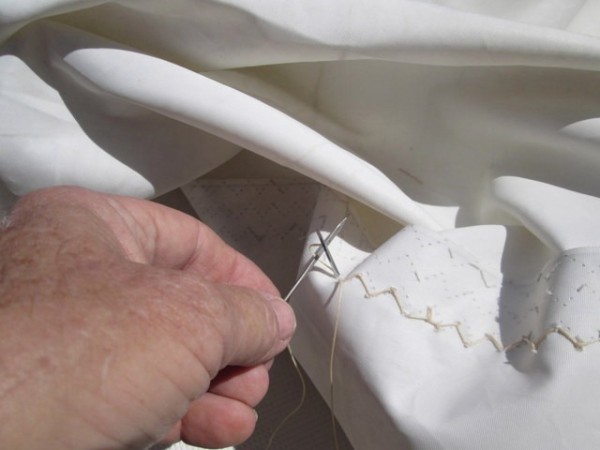 |
This album contains photos that were taken on our passage from La Paz to Hilo. We were unable to upload any of them while at sea
19 Photos
Created 27 April 2014
|
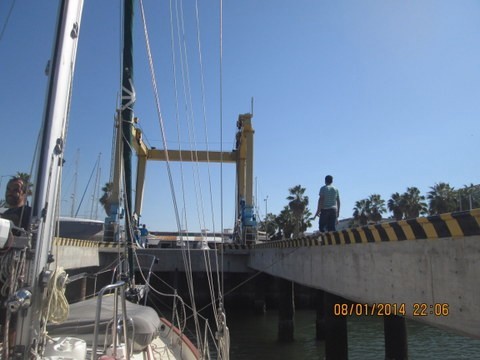 |
Our engine was overdue for a lot of maintenance so we had it pulled out of the boat. this album will hold the photos of the process.
44 Photos
Created 11 January 2014
|
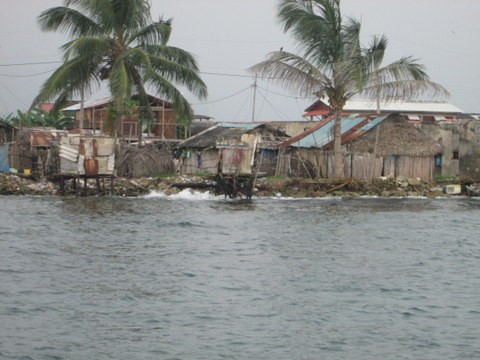 |
Nargana Town is a modern Guna village that has abandoned traditional ways and has electricity, televisions, beer and rum.
4 Photos
Created 25 September 2013
|
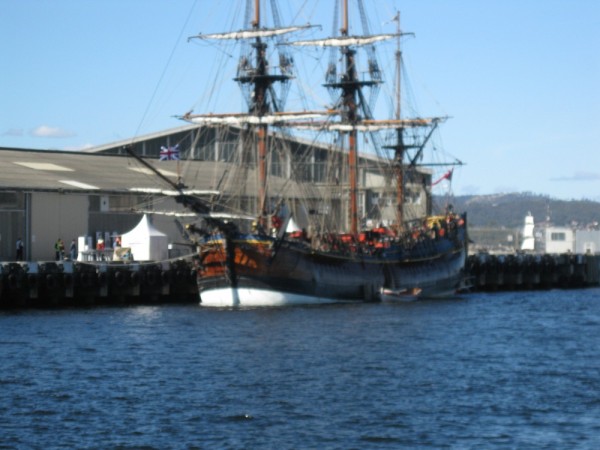 |
Hobart is the capital of Tasmania and the largest city. Large is a strong word to use for Hobart. It was originally called "Hobart Town" and that seems to fit.
7 Photos
Created 26 March 2012
|
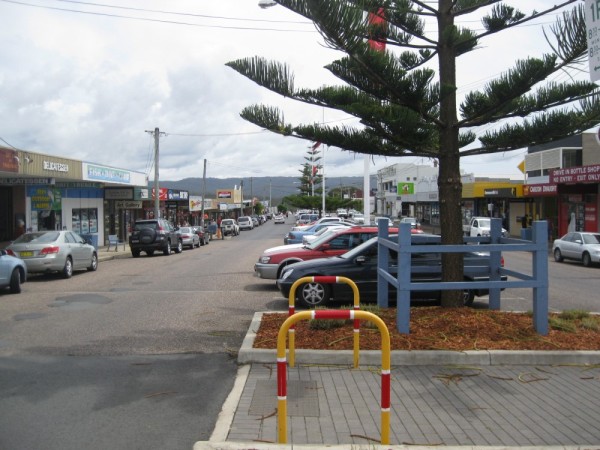 |
This album contains a variety of pictures we took while visiting Eden, a delightful little town on the south east corner of Australia.
6 Photos
Created 10 February 2012
|
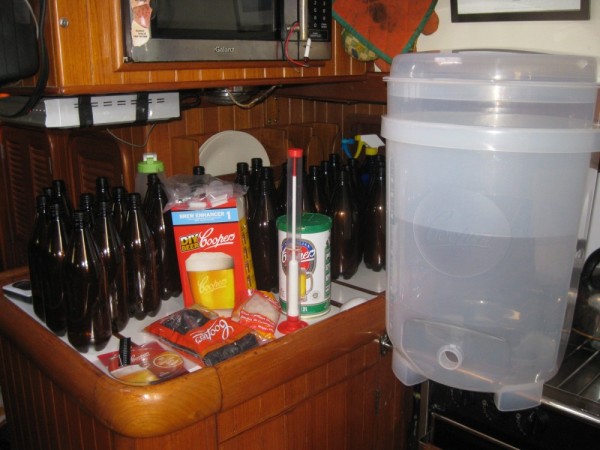 |
This album contains photos of various stages in the brewing process for making beer on board.
2 Photos
Created 17 January 2012
|
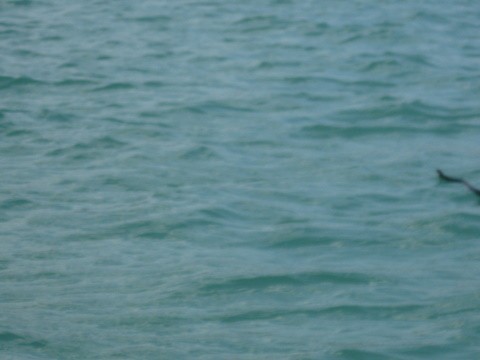 |
Most of Magnetic Island is a National Park so there are lots of hiking trails. We decided to take the hike that goes out to some WWII fortifications.
19 Photos
Created 4 October 2011
|
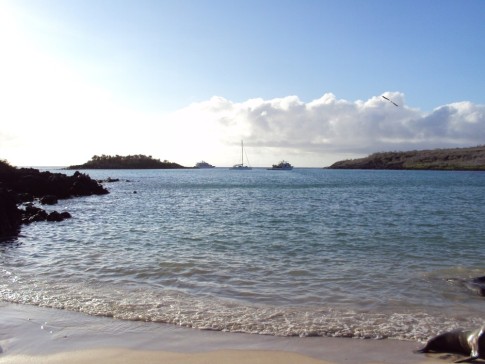 |
This island is also called Barrington Island and is the only island with the specific species of land iguana that is shown in our photos.
7 Photos
Created 8 January 2010
|
 |
this is a place holder for our pics of La Punta Callao. Pics will be added soon
No Photos
Created 22 October 2009
|
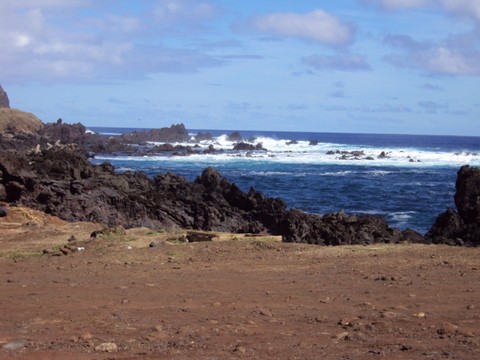 |
this is a place holder for our easter island pics...will add them soon
28 Photos
Created 22 October 2009
|
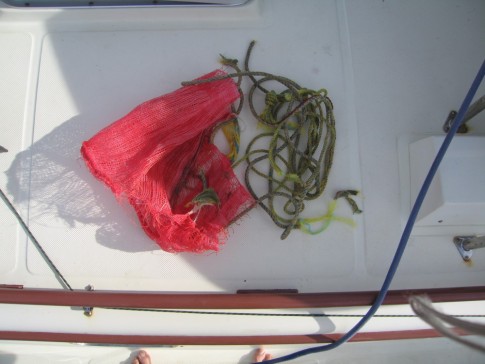 |
We picked up some junk on our prop while motoring from Puerto Escondido to San Evaristo. The pics in this album provide a few details
3 Photos
Created 9 January 2009
|
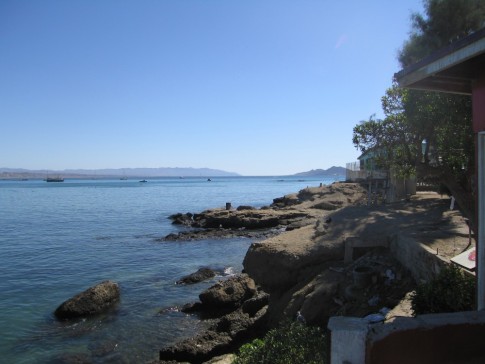 |
Photos taken during our trip ashore in the remote coastal town of Bahia Tortugas.
6 Photos | 1 Sub-Album
Created 26 November 2008
|
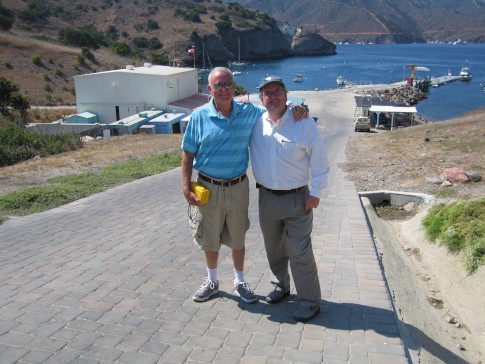 |
The photos in this album show details of our visit to the USC marine lab on Catalina Island.
3 Photos
Created 17 October 2008
|
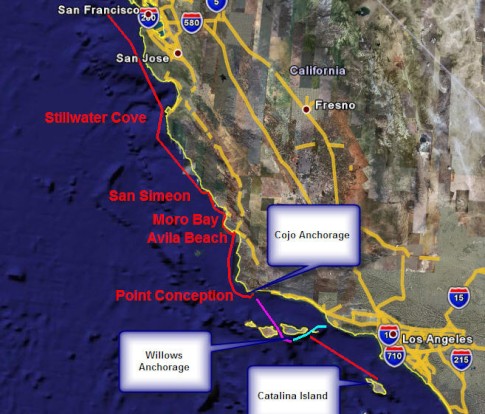 |
This album contains pictures of anchorages, coastline details and people. These photos were taken during our sail down the coast toward Southern California
19 Photos
Created 17 October 2008
|
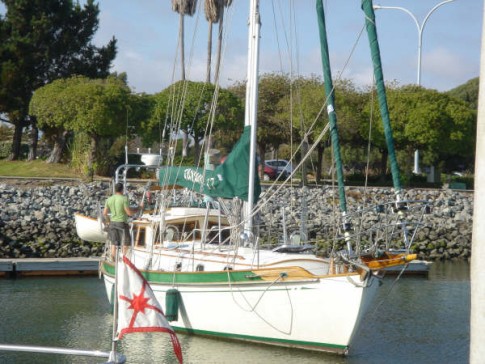 |
This album contains photos from the party we had prior to our departure.
12 Photos
Created 15 September 2008
|
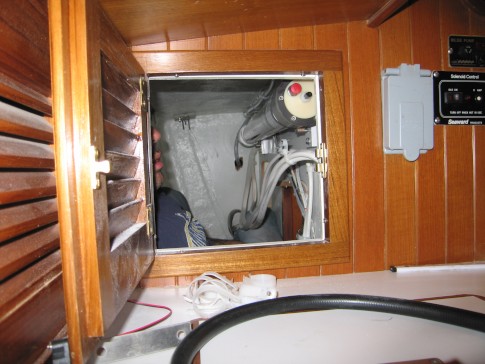 |
Well, it does not really "make" water. What it does is turn sea water into fresh water.
9 Photos
Created 11 July 2008
|
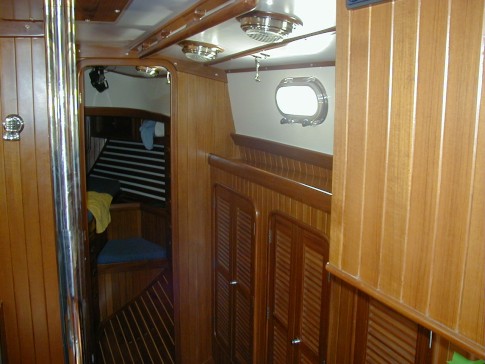 |
The photos in this album show the boat shortly after it was commissioned. I will post another album after we have finished our modifications and are ready to shove off.
8 Photos
Created 26 March 2008
|
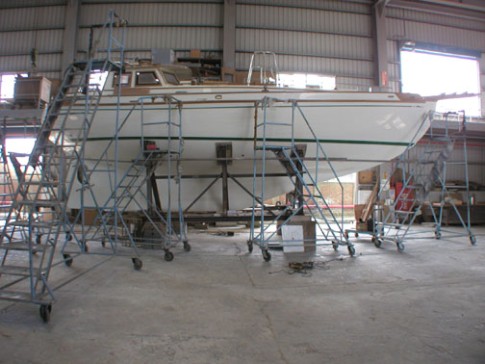 |
The yard provided pictures of the boat at various stages of construction and I have assembled a few of them here to show the process.
7 Photos
Created 26 March 2008
|
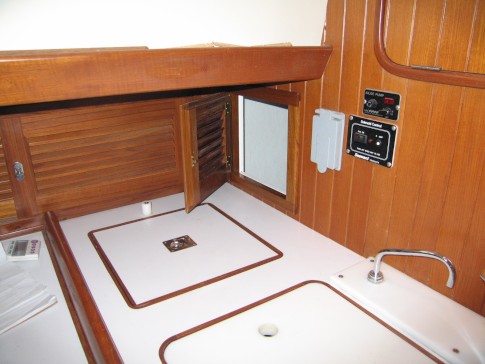 |
This album contains some pics of the modifications we made to the lockers that run along each side of the pilot house.
4 Photos
Created 5 March 2008
|
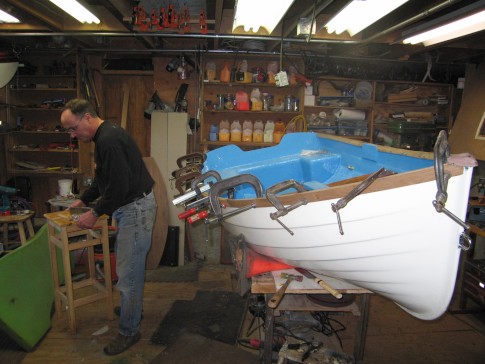 |
These pics show what we did to bring our 30 year old dingy back to life and a couple of enhancements we made that make this a serviceable tender for Active Transport
6 Photos
Created 20 February 2008
|
On the hook in Tomales Bay
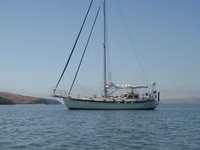
Who: John and Shawn
Port: Seattle, Washington
